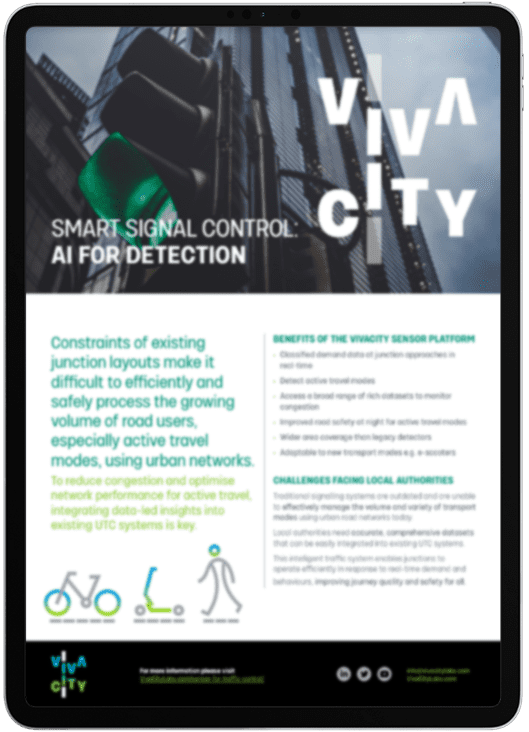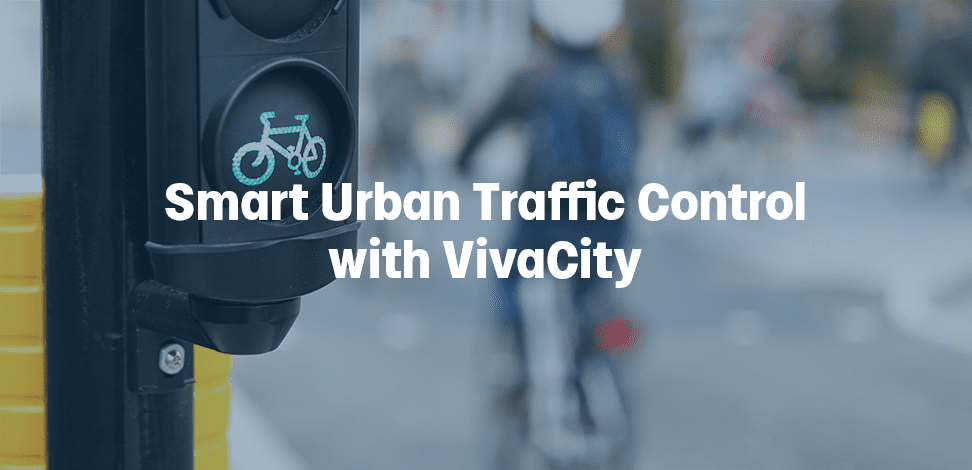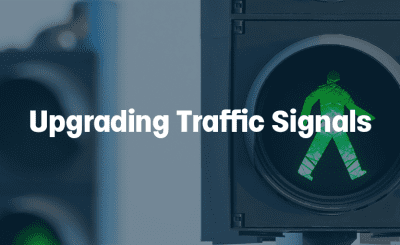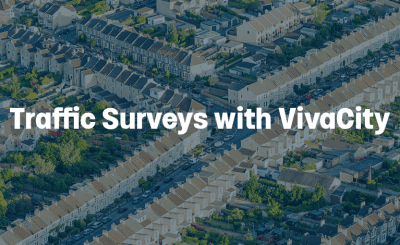Signalling Change
AI and computer vision is here to boost urban traffic control performance
The increase in volume and variety of transport modes in recent years, along with the rising profile of Vision Zero and Net Zero initiatives, means that traditional Urban Traffic Control (UTC) systems are no longer best placed to process the transport reality of today.
In parallel to the evolution of how we travel, emerging technologies and advances in data processing have opened up new opportunities for Urban Traffic Management and Control (UTMC). Keeping our towns and cities moving – and a growing proportion of vulnerable road users safe on the road network – will require utilising these technologies.
Up until now, the challenge for the signal control industry has been how to integrate these new and innovative data sources into established control systems.
VivaCity’s Smart Signal Control: AI for Detection overcomes the integration challenge and is compatible with all main Urban Traffic Control systems. The system has already been adopted by several councils across the country, including Sheffield City Council and Leeds City Council.
What you will learn from reading this article
In this article we look at how UTMC has evolved since its inception in the late 1990s, touching on household names SCOOT and MOVA, and the shortcomings of traditional tech. We then move on to Smart Signal Control and the role of AI and computer vision in the future of signal control management, with particular focus on its benefits for active travel.
- What is an Urban Traffic Management and Control System?
- Traditional urban traffic control systems and their limitations
- Advantages of AI-powered traffic control systems
- How VivaCity’s Smart Signal Control: AI for Detection system is making urban control systems smarter
What is an Urban Traffic Management and Control system?
To maximise road network intelligence and performance, Urban Traffic Management and Control systems process data from a range of integrated traffic management technologies. Urban Traffic Control (UTC) is the key application of UTMC systems, whereby signalling is coordinated over a wide area to effectively process traffic flow.
There are two main types of UTC systems: fixed time systems and traffic responsive systems. The two models used most widely in the UK are SCOOT (Split, Cycle and Offset Optimisation Technique) and MOVA (Microprocessor Optimised Vehicle Actuation). Both of these models are adaptive, using real time traffic demand data to specify the duration of signalling stages.
Traditional urban traffic control systems and their limitations
Both SCOOT and MOVA perform to a high standard when it comes to minimising delay for motorised vehicles. However, they are limited in the modes of transport they can optimise for due to the detection methods they commonly use, namely induction loops.
How vehicle detection induction loops work and their disadvantages
Below ground induction loops use an electromagnet system to detect metal objects as they pass over them. They can provide basic traffic classifications based on the changes recorded. As standard they do not count pedestrians and cyclists and cannot differentiate between a car and a van.
If set-up to count cyclists this lessens their ability to classify other vehicle types. Installing induction loops requires intrusive ground works and considerable traffic disruption and make roads more susceptible to surface damage, like potholes.
Advantages of AI-powered computer vision urban traffic control
At a time when encouraging active travel participation is at the top of the agenda for local authorities, urban traffic control systems that cannot effectively support safe and efficient active travel are particularly problematic. To overcome this, vision-based urban traffic control systems are becoming increasingly popular.
How AI-powered computer vision signal control works and supports active travel
AI-powered computer vision technology makes it possible for multimodal road user data to be integrated into urban traffic control. This means that cyclists, pedestrians and even e-scooters can be prioritised at junctions upon detection, for safer sustainable travel.
Mounted high above the ground – most commonly onto lighting columns – AI-powered computer vision ‘sensors’ can gather multimodal road user data with high accuracy. This is because they are a vision-based solution. Using advanced AI machine learning algorithms, the sensor has learned how to differentiate between a wide spectrum of transport modes based on their physical characteristics.
One sensor can have multiple ‘detection zones’ set across a junction and crossing areas. Anonymous road user ‘occupancy data’ of these detection zones can be filtered into classes, including cyclists, e-scooters and pedestrians. This data is then fed in real-time, via seamless system integration, into signal control boxes. VivaCity sensors can be integrated with all major signal control systems, including Yunex, Swarco and Telent. Data from multiple junctions can be fed into a centralised system to optimise signalling across urban networks.
As well as signal control, VivaCity sensors capture anonymised classified counts, speed, turning behaviours and near miss interaction data. These outputs can be used to support a wide range of transport initiatives, including guiding road safety improvements, monitoring scheme performance, and justifying investment.
How can VivaCity’s Smart Signal Control solution make urban traffic control systems smarter?
Ways that VivaCity’s technology makes urban traffic control smarter:
- Multimodal detection
VivaCity’s urban traffic control solution is able to accurately detect and optimise signalling for a wide variety of transport modes. - Supporting sustainable and active travel
Made possible by cyclist, e-scooter and pedestrian detection VivaCity’s urban traffic control solution is able to prioritise these modes at junctions to provide safer, smarter and more sustainable transport options. - Bus Service Improvement
Buses can also be made priority at junctions. This will provide more punctual and reliable services that will encourage more people to swap private vehicle travel for sustainable urban transport. - No need to install and replace below ground detectors
Induction loops are not only limited in their detection capabilities, but are destructive to road surfaces and expensive and disruptive to maintain. - Provide a wealth of transport movement data
With VivaCity’s Smart Signal Control solution, you don’t only get data for signalling use. From traffic counts to speed analysis, Near Miss detection to journey times, all of this data is at your fingertips to make better decisions based on evidence, monitor the performance of road safety and sustainable transport initiatives, and communicate your successes with pre- and post-analysis.
Learn more about how VivaCity’s Smart Signal Control is making Urban Traffic Control smarter

Learn more about VivaCity’s Smart Signal Control: AI for Detection solution for signal optimisation
DOWNLOAD THE BROCHURE NOW
Want to know more about what is inside the brochure before? Here is some extra info.
We’ve installed over 180 AI for Detection sensors across 25 sites in Leeds, enabling the city to tackle congestion with an innovative approach thanks to the real-time detection of buses, cyclists, pedestrians and other road users at junctions.
Like our content? Sign up to our newsletter and receive the latest updates in your inbox.
Sign-Up








